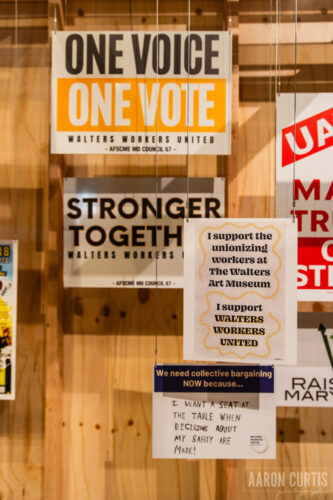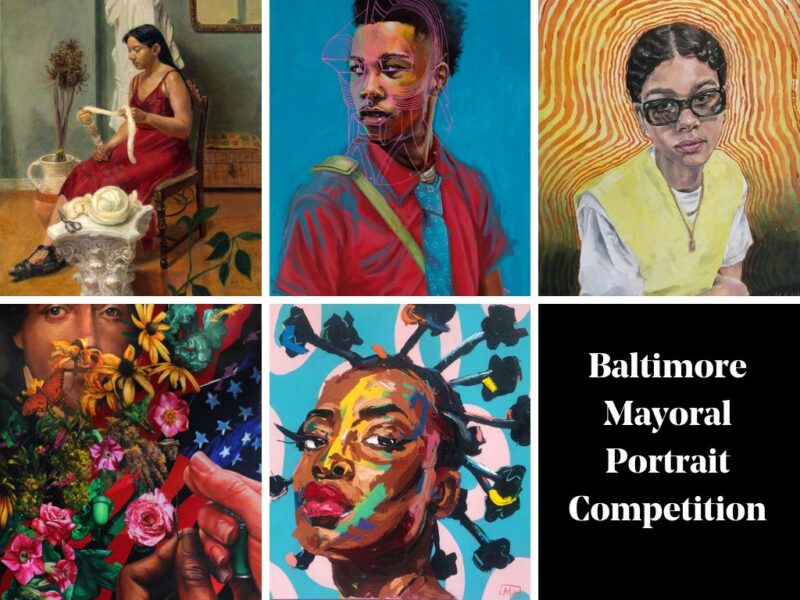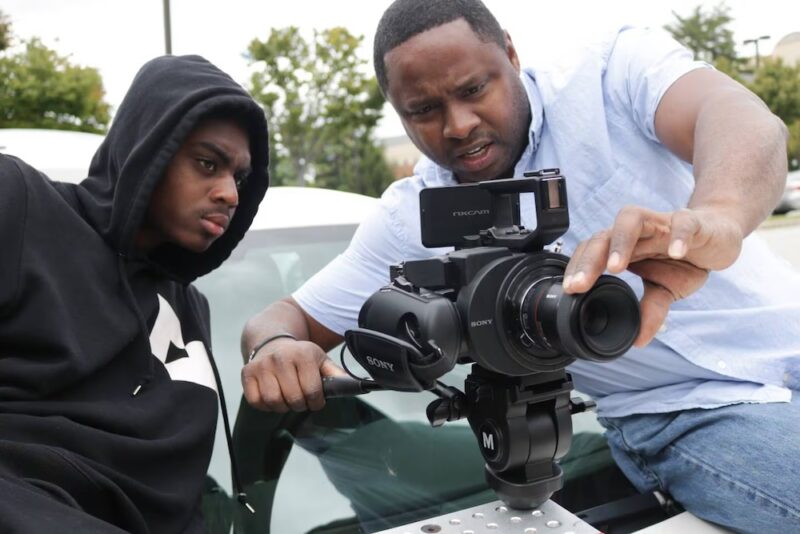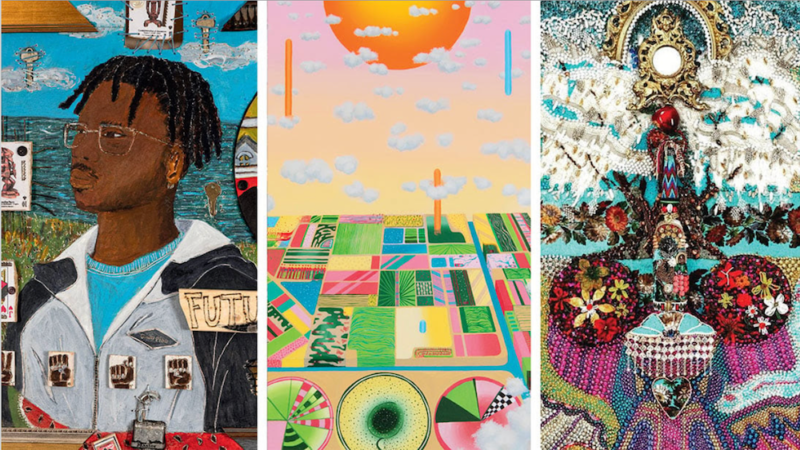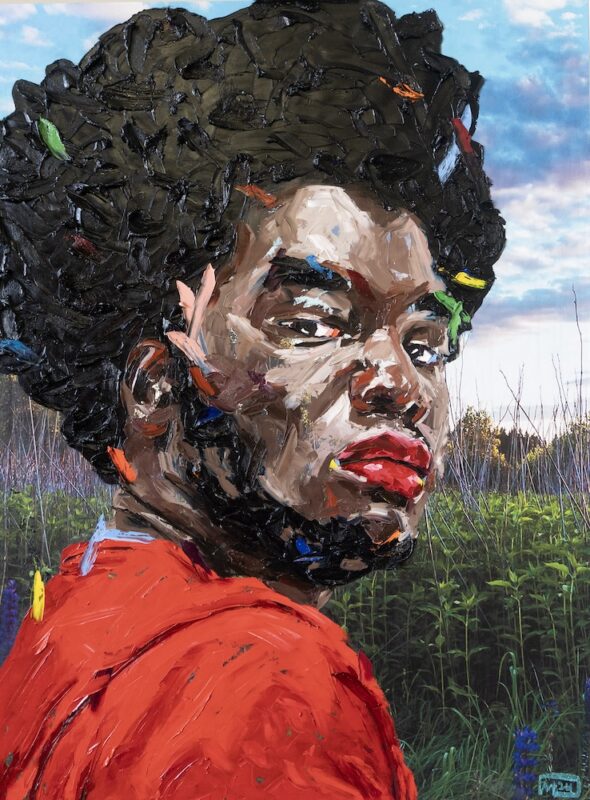Commentary: Duke Ellington’s lasting impressions on Baltimore
by Mark Allan Williams
Published May 8 in The Baltimore Banner
Greatest American composer. I like typing that on social media whenever I post about a Duke Ellington song. It could be Ellington and his orchestra playing “Mood Indigo.” It might be one of his compositions for the film “Paris Blues.” When it’s Ella Fitzgerald singing the Ellington song “I Like the Sunrise,” I type two phrases: Greatest American composer. Greatest American singer.
Ellington’s prolific work as a composer and arranger spans jazz for orchestra and small groups, music for the stage, film scores, music for dance performances and sacred music. He was masterful on stage, whether playing the piano or conducting the most distinguished jazz musicians.
The power and variety of his talent has been a constant source of fascination for me. I frequently wondered about from what came his artistic drive and inspiration. At the same time, no one demonstrated better than Ellington that the work of great artists defies categorization and explanation.
So many memories were built on Ellington’s music. My mother recalled dancing with my father to Ellington’s music during a performance at Fort Meade, where my father was stationed and my parents met.
With all that he accomplished, Ellington’s public persona always reflected grace and even a certain modesty. He spoke matter-of-factly about his work and left it to others to analyze. He would describe his composing and playing as a form of “dreaming.” He never appeared to worry about, and certainly never appeared to be afraid of, the world around him.
When Ellington brought his orchestra to Baltimore in 1960 for a concert at the Johns Hopkins University’s Shriver Hall, America was confronting demands to desegregate. That appearance became part of Ellington’s social and cultural legacy. It’s a legacy now being examined alongside his unequaled musical contribution as the 125th anniversary of Ellington’s birth and 50th anniversary of his passing are commemorated this spring.
The Rev. Chester Wickwire, chaplain at the university since the mid-1950s, had worked to arrange the Shriver Hall concert. Wickwire saw having one of the most famous and accomplished Black Americans at Hopkins as a means of bringing Black and white people together on the Homewood Campus at a time when it was rare.
The Ellington concert in 1960 also became notable for what happened after the performance.
Wickwire and a group of students invited Ellington to have a cup a coffee with them at the Blue Jay Inn on St. Paul Street, known to deny service to Black people.
Ellington agreed to come and have his photo taken once he sat down for coffee.
But when word reached the restaurant about the plan, the Blue Jay Inn closed early. But after that night The Blue Jay Inn would never deny service to another Black customer.
“The place burned down, burned that night,” Wickwire recalled in a 1999 personal history. “Now, I never knew — I don’t know anything about who did the burning or anything like that. The police came out. But I don’t know. To this day, I have no idea whether it was connected with this. I would think it probably was.”
Ellington saw his work as a powerful force in standing up for Black people. At a time when Black Americans were often portrayed in entertainment as unintelligent, uncivilized and inferior, Ellington demonstrated the beauty and complexity of Black culture and artistic expression to the world.
“What we could not say openly, we expressed in music,” Ellington wrote in the British magazine Rhythm in 1931.
I view him as I view August Wilson or Langston Hughes or Jacob Lawrence or Gordon Parks. All were translators of African American life, helping everyone, including other African Americans, understand the beauty of it. While the others did that with words or a paintbrush or a camera, Ellington did it with notes and a piano and a lot of brilliant collaborators. Ellington never ignored what were often the harsh realities of what Black people in America faced. But he made sure the world knew that the struggles weren’t the entire story. The joys and the triumphs made it into his translation.
His longer compositions had titles like “Creole Rhapsody” and “Diminuendo and Crescendo in Blue.” Then there were “Black and Tan Fantasy” and “Black, Brown and Beige.” They were his expression of the world he saw around him.
For most of his career, Ellington’s artistic and commercial achievements occurred amid the realities and trappings of the Jim Crow era. All the years he performed at the Cotton Club in Harlem, the backdrop was a plantation fantasy and admissions was whites-only. The bandstand at the most famous nightclub in New York was done up as a white-columned mansion, the backdrop painted with cotton bushes and slave quarters.
As Ellington and his orchestra traveled all over the U.S., in the North as well as the South, they spent decades performing in venues segregated by law or custom. Despite navigating all that, Ellington became a favorite of both Black and white audiences.
Musicians and others who were on Yale University’s campus one day in 1972 were left with an indelible memory when the university hosted a gathering of leading Black jazz musiciansto raise money for a department of African American music.
Eubie Blake, Noble Sissle, Dizzy Gillespie, Charles Mingus, Max Roach, Mary Lou Williams and Willie (the Lion) Smith were there, among others. During a performance by a Gillespie-led sextet, a bomb threat was received. The police attempted to clear the building, but Mingus refused to leave, while urging the officers to get all the others out.
“If I’m going to die, I’m ready,” Mingus said. “But I’m going out playing ‘Sophisticated Lady.’ ”
As the sound of Mingus playing one of Ellington’s signature songs could be heard outside, Ellington stood in the waiting crowd just beyond the theatre’s open doors, smiling.
Mark Williams is The Baltimore Banner’s Opinion Editor.
[email protected]
The Baltimore Banner welcomes opinion pieces and letters to the editor. Please send submissions to [email protected] or [email protected].
This story was republished with permission from The Baltimore Banner. Visit www.thebaltimorebanner.com for more.


